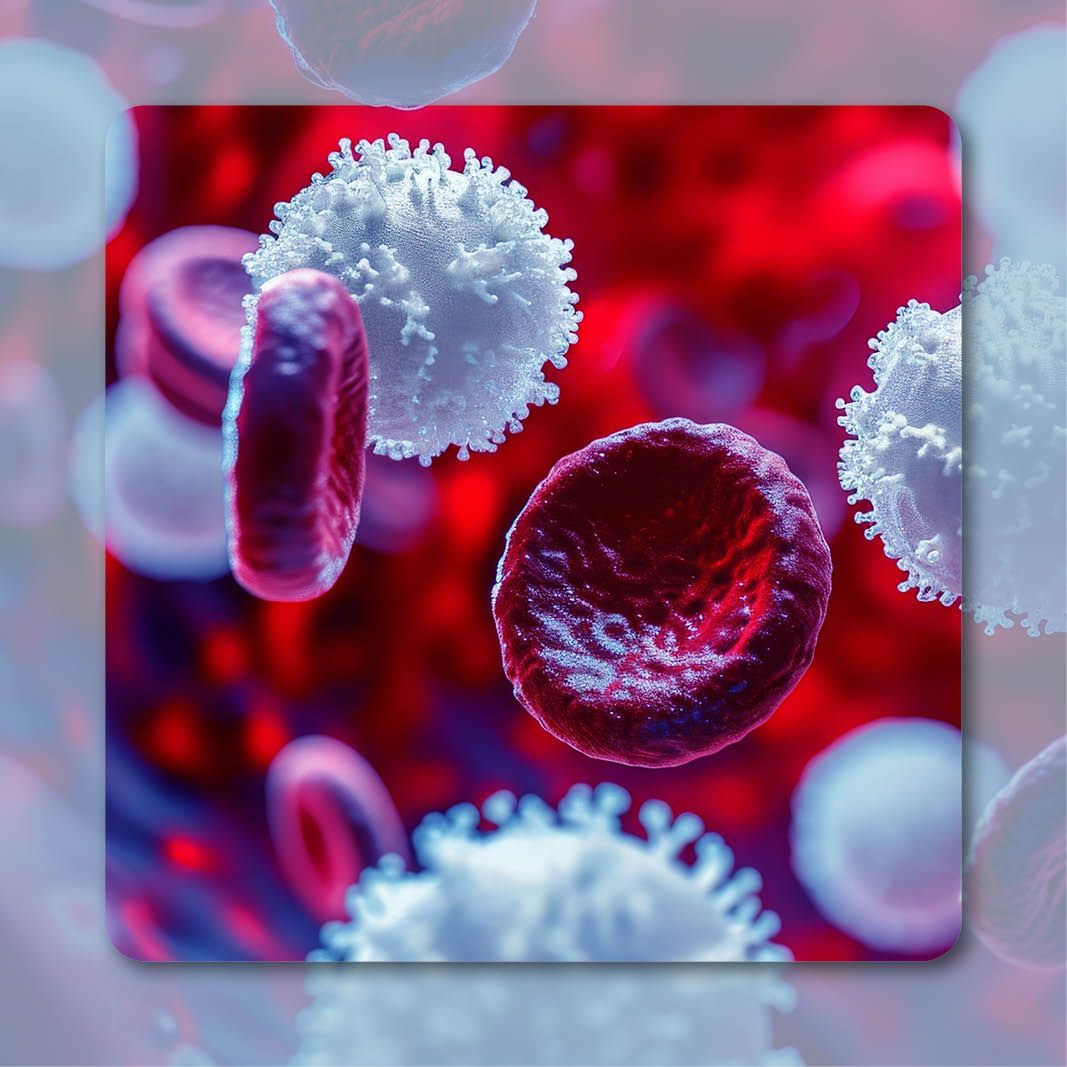Commentary
Video
Dr Banerjee on the Evolving Multiple Myeloma Treatment Paradigm
Author(s):
Rahul Banerjee, MD, FACP, discusses key takeaways from his presentation at an OncLive State of the Science Summit on multiple myeloma.
Rahul Banerjee, MD, FACP, assistant professor, Clinical Research Division, Fred Hutch Cancer Center; member, the International Myeloma Working Group; assistant professor, Division of Hematology and Oncology, University of Washington, discusses key takeaways from the presentation he gave at an OncLive® State of the Science Summit™ on multiple myeloma, highlighting the disease’s evolving treatment paradigm.
Recent updates presented on the treatment of multiple myeloma have focused on significant advancements in BCMA-targeted bispecific antibodies and discussions of various therapies in development, Banerjee begins. In the context of multiple myeloma and lymphoma, a bispecific antibody is defined as one that binds to CD3 on T cells and a cancer cell antigen, Banerjee explains. For instance, teclistamab-cqyv (Tecvayli) and elranatamab-bcmm (Elrexfio) fit this definition, but treatments such as amivantamab-vmjw (Rybrevant) for small cell lung cancer do not, as they don’tbind CD3 and redirect T cells, he says.
As of August 2024, there are 2 approved BCMA-targeted bispecific antibodies, and more are in late-stage development, such as linvoseltamab (REGN5458) and ABBV-383, Banerjee continues. Additionally, there is one approved GPRC5D-targeted bispecific antibody, talquetamab-tgvs (Talvey), and others are under investigation, he notes. The key takeaway is that the field is rapidly changing, according to Banerjee. Another critical point is that clinically, these bispecific antibodies are more similar to each other than different, all eliciting overall response rates between approximately 60% and 75%, Banerjee elucidates. The time to first response with these agents is typically 1 to 2months, allowing for rapid identification of patients who respond well to treatment due to effective T-cell activation and antigen targeting, he reports.
Progression-free survival data are less informative in this context because the patient populations diverge quickly; if a bispecific antibody doesn’t work within the first couple of months, alternative treatments are pursued, he expands. The duration of response becomes more crucial, with many studies showing responses lasting approximately 2 to 3 years, though this varies with different dosing regimens in phase 1 and phase 2 trials, Banerjee reports. The incidence of toxicities, such as cytokine release syndrome and neurotoxicity, is similar across different bispecific antibodies. Infections are a significant concern associated with these agents, and intravenous immunoglobulin is recommended to prevent them, he says. The primary differences among these treatments lie in their logistical aspects, which require careful consideration, Banerjee concludes.









